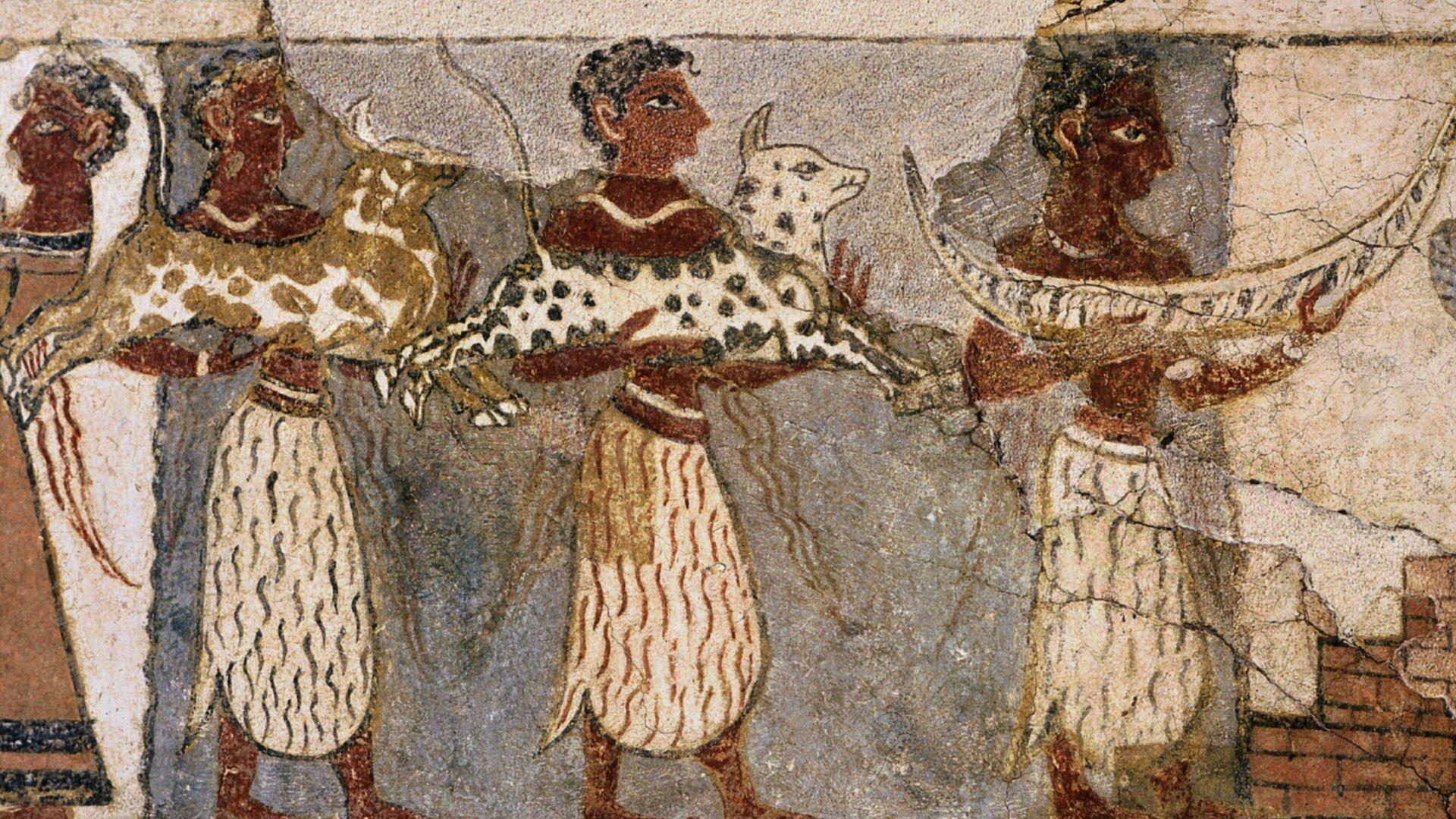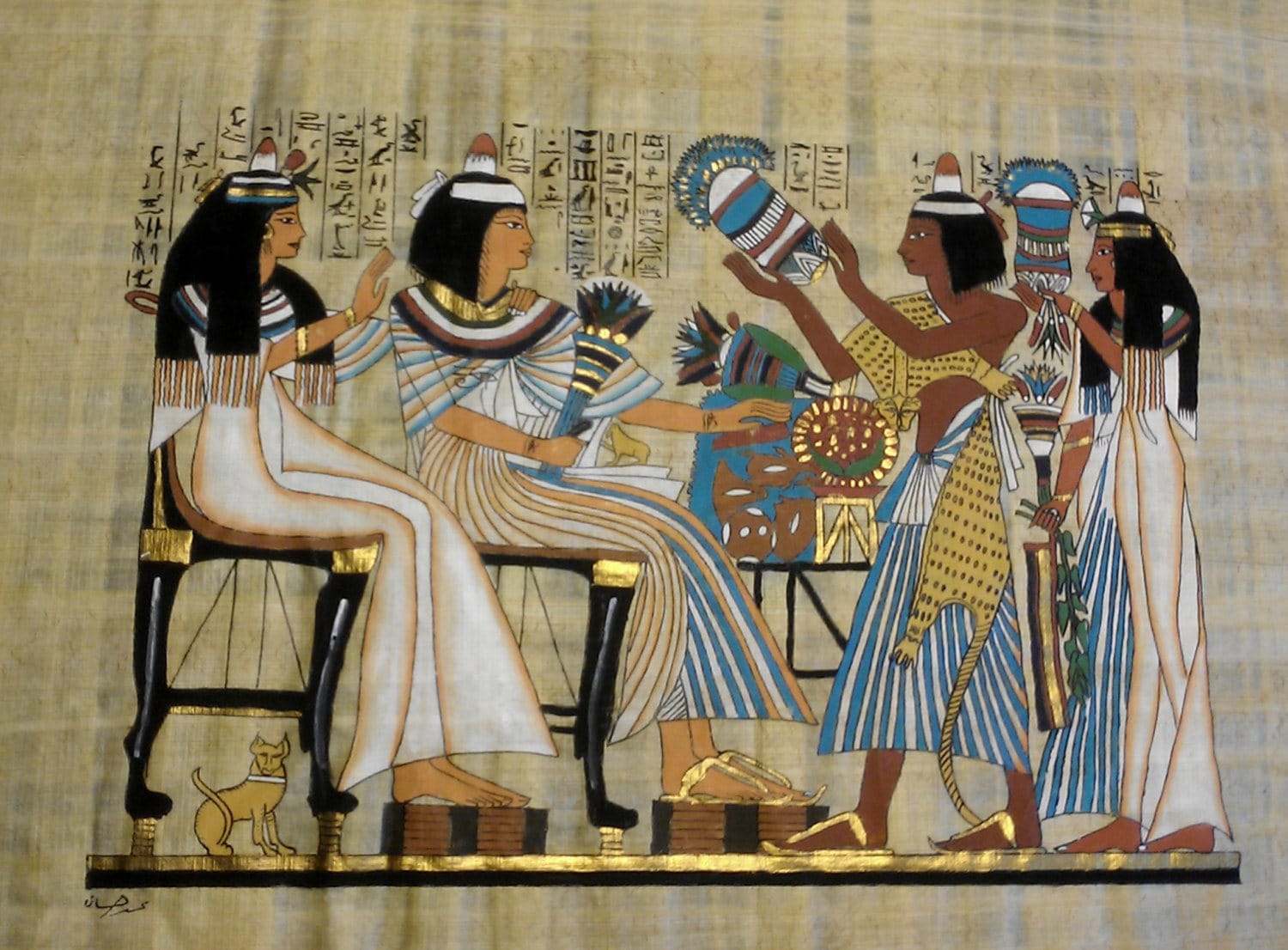Fashion Part 1
Creativity is certainly synonymous with human intellectual power. Fashion is so common among the human consciousness that we experience it in every day of our lives. From baby clothes to the clothing found among elderly human beings, fashion represents a major part of our human identities. It can inspire us to work out or it can make us be aware of the diverse cultures of the world in a crisp fashion. Subsequently, fashion is not just ubiquitous involving wardrobe. It is found in cultures worldwide too. When cheerleaders celebrate scores, fashion is in abundance. When there are Olympic champions on stage (like Allyson Felix and Carmelita Jeter during the 2012 London Summer Olympics), their country's flags and apparel outline how much they love the gift of athletics too. Widespread, encompassing items like footwear, cosmetics, accessories, jewelry, pants, dresses, shirts, coats, and other manner of clothing are enriched by the multifaceted composition of fashion culture. Fashion designers of all colors and backgrounds (like Ann Lowe, Patrick Kelly, June Ambrose, etc.) have brought their genius to present unique forms of patterns, innovations, and a sense of purpose to develop society in general. There is a business side to fashion. In the fashion atmosphere, people readily deal with corporations, contracts, copyright laws, inventory, property rights, modeling deals, and other economic components of fashion. One secret to great fashion doesn't just deal with a specific background of an item but the small components of an item's exterior like a different design or color (that can make the item more powerful in its cosmology). The journey continues, it is precisely the time to investigate more of how the Universe functions.
The Early History of Fashion
Fashion existed since the start of human history. Archaeologists found handmade sewing needles that have been dated to about 40,000 years ago. There were needles discovered from the Soltrean culture which existed in France from 19,000 to 15,000 B.C. There was evidence of dyed flax fibers from ca. 36,000 B.C. which was found in a prehistoric cave in the Republic of Georgia. Weaving was found in Dolni Vstonice in the Czech Republic in the form of impressions of textiles and basketry plus nets on pieces of clay in ca. 27,000 B.C. We know about the famous Venus figurines in ca. 25,000 B.C. in Western Europe. Early humans used clothes to be warm and dry. Some might have used them for spiritual or celebration purposes too. Humans, Neanderthals, and Cro-Mangnon people used clothing during ancient times. Clothing and equipment have been used with hides, bones, antlers, and feathers from many animal species for design and aesthetic purposes. Some people wore clothes with goat skin, bear hide, and other forms of material. One of the earliest civilizations of the Neolithic Age was the Sumerian civilization with tons of fashion culture. Sumerian people used dye textiles. Men and women wore skirts or tunics called Kaunakes. The length of the kaunake depends on the hierarchical rank in their society. The shorter the length of the skirt, the lower an individual was in society. The longer the length of the skirt, the higher an individual was in society. There were slaves, soldiers, servants, and royalty plus priests. In ancient Sumeria, women wore dresses with longer fabrics too. There was gold jewelry too with carnelian, a reddish-orange gemstone. The wheel, various systems of measurement, the cuneiform, cities, plumbing, and other inventions were in existence in ancient Sumeria.
In ancient Egypt, there were many textile materials with animal-based fabrics. Many of the priests had high-level products. The upper class had finer linens shown in statues and paintings. The cheaper and thicker linen was used by the lower class and the working class of ancient Egypt. Ancient Egyptians wore tunics and capes. Skirts were worn by women. Sandals had leather for shoes. Ancient Egypt had perfumes, makeup, and other forms of complex hygiene care. Some people shaved their heads and wore wigs. Some children wore one loc of hair on the right side of their head. Many ancient Egyptians had metal discs, ornaments, and body decorations plus piercings. Gold from Nubia was used in jewelry along with emeralds, pearls, and lapis lazuili. In ancient Minoan culture, the loincloth was worn by men and women. Dresses were long during that time. Many Minoan men wore their hair long with braids and knots. In ancient Israel, ancient Israelites wore clothing from the skins of animals. Some priests wore tassels or fringes. Scandals were usually made up of wood and leather straps not being worn in the house or in the sanctuary. Some women wore head coverings.
In ancient Greece, they wore chiton, peplos, himation, and clamys. Many of them used different fabrics. The women were wearing peplos. Ancient Roman fashion is well known via art, literature, and archaeology. We know that the dress customs of ancient Etruscan people predate the classical Roman civilization. The Etruscan culture existed by 1200 B.C. in Italy. Many Romans wore toga and tunics. Many women wore dresses, bikinis, and other clothing. The bridal veil and the wedding ring existed in ancient Roman wedding attire. In ancient India, people wore sari, turbans, and dhoti. Cotton was used in the Harappan Era as early as 2,500 B.C. The Harappan civilization lasted from ca. 3300 B.C. to 1300 B.C. The Vedic period (from ca. 1750 - 500 B.C.) had garments for men and women having a single cloth wrapped around the body and over the shoulder. There were linen and cotton used in the Maurya Empire (322 - 185 B.C.).
Epilogue
Fashion like music is a universal language. During the first eras of human history, people used fashion as a means to survive in changing environments and for other purposes. As the Ice Age ended and temperatures rose up in the Neolithic Age, human beings formed many civilizations on rivers, in forests, in mountains, and in other locations in Africa, Europe, Asia, Oceania, the Americas, and Australia. With the advent of new sewing equipment and various forms of massive technologies, ancient human beings used clothing not only to help them live in the world. Some focused on aesthetic qualities. Some wore clothes based on socioeconomic status like the super wealthy, the middle class, the working class, and the poor wore different styles of clothing. Also, accessors have grown from shoes, earrings, necklaces, and other forms of hats that denoted the diversity of the culture of humanity. As fashion grows into history, we shall learn more about the legacies of fashion icons like June Ambrose, Virgil Abloh, Andre Leon Talley, Diana Ross, Cecily Tyson, Naomi Campbell, Telfar Clemons, Aaliyah, Josephine Baker, Dapper Dan, Sami Miro Vintage, Aurora James, Christopher John Rogers, Tia Adeola, Felicia Noel, Anifa Mvuemba, Brandon Blackwood, and other human beings who make it their business to advance fashion excellence.
Conclusion (Spring)
Vice President Kamala Harris recently gave an impassionate speech at Selma, Alabama in a historic speech. She was near the Edmund Pettus Bridge where Bloody Sunday took place 59 years ago. This was when innocent men, women, and children were brutally assaulted unjustly by crooked police officers, many of them were on horseback. John Lewis almost died in the incident, and he was assaulted during the Freedom Rides era, which was years prior. Selma was the place where people wanted to fight for voting rights as it is the birthright of Americans. Kamala Harris made it explicitly clear that the suffering of the Palestinian people must be recognized, and an immediate ceasefire for six weeks must happen. She also said that the tragedy of Palestinians dying and the massive number of people in Gaza starving is not a path that we should take. She reaffirmed Israel's right to defend itself against Hamas (which is a terrorist organization), but she wanted Israel to do more to send humanitarian aid to the Palestinian people in Gaza, including opening up for route for food to go into areas. Some of her statements in public went far and beyond what President Biden has said in public about the Middle Eastern crisis. At the end of the day, either Biden or Trump will be President. Vice President Kamala Harris condemned the suppression of voting rights in America now in 2024, the agenda of whitewashing black history, and the harm done to the rights of other human beings in America. In November 2024 after the Paris Olympics, I will vote for democracy.
By Timothy





No comments:
Post a Comment